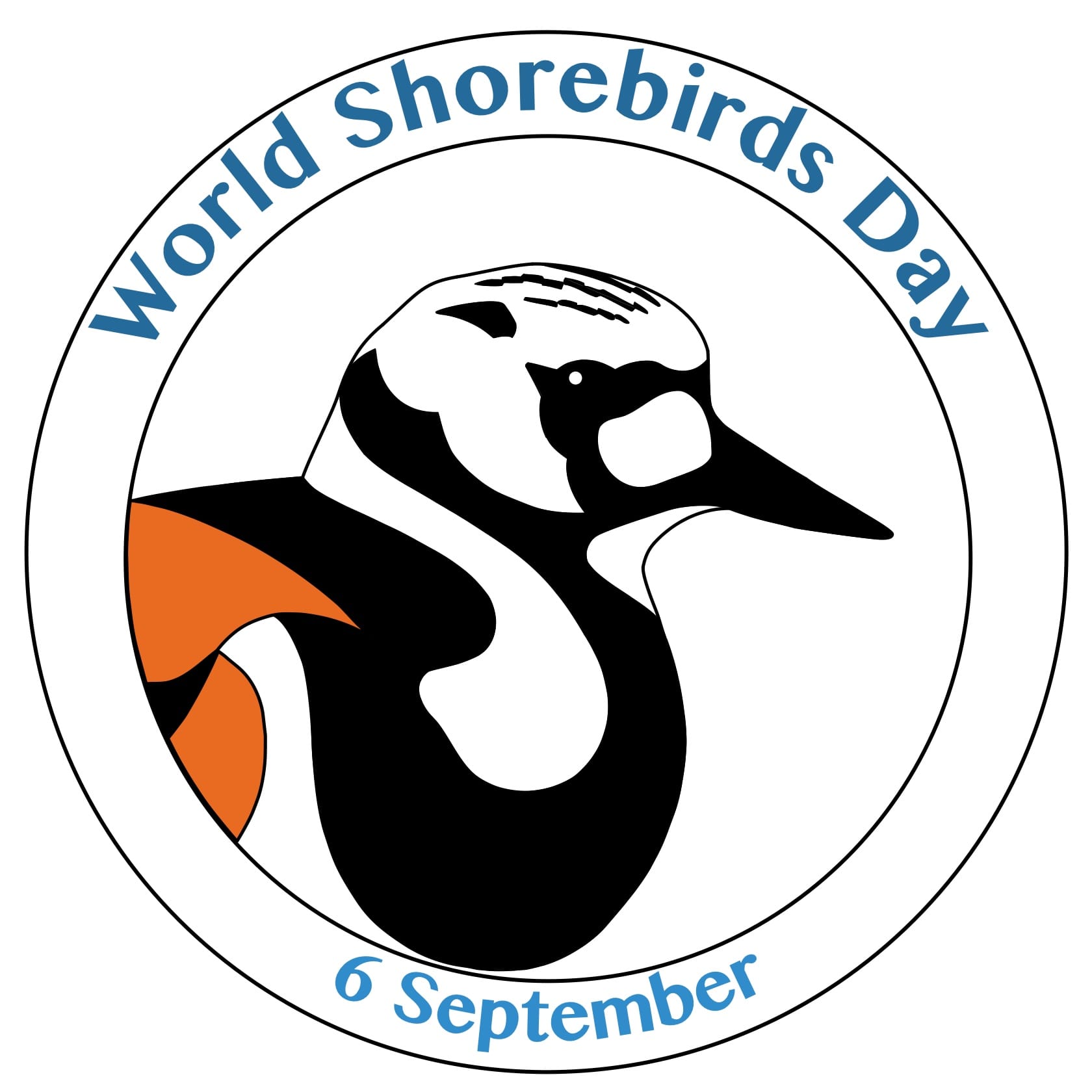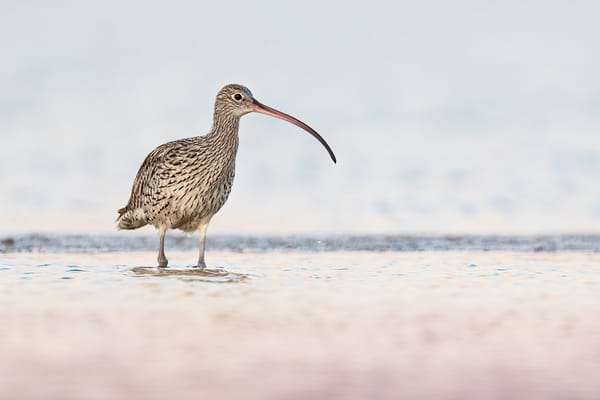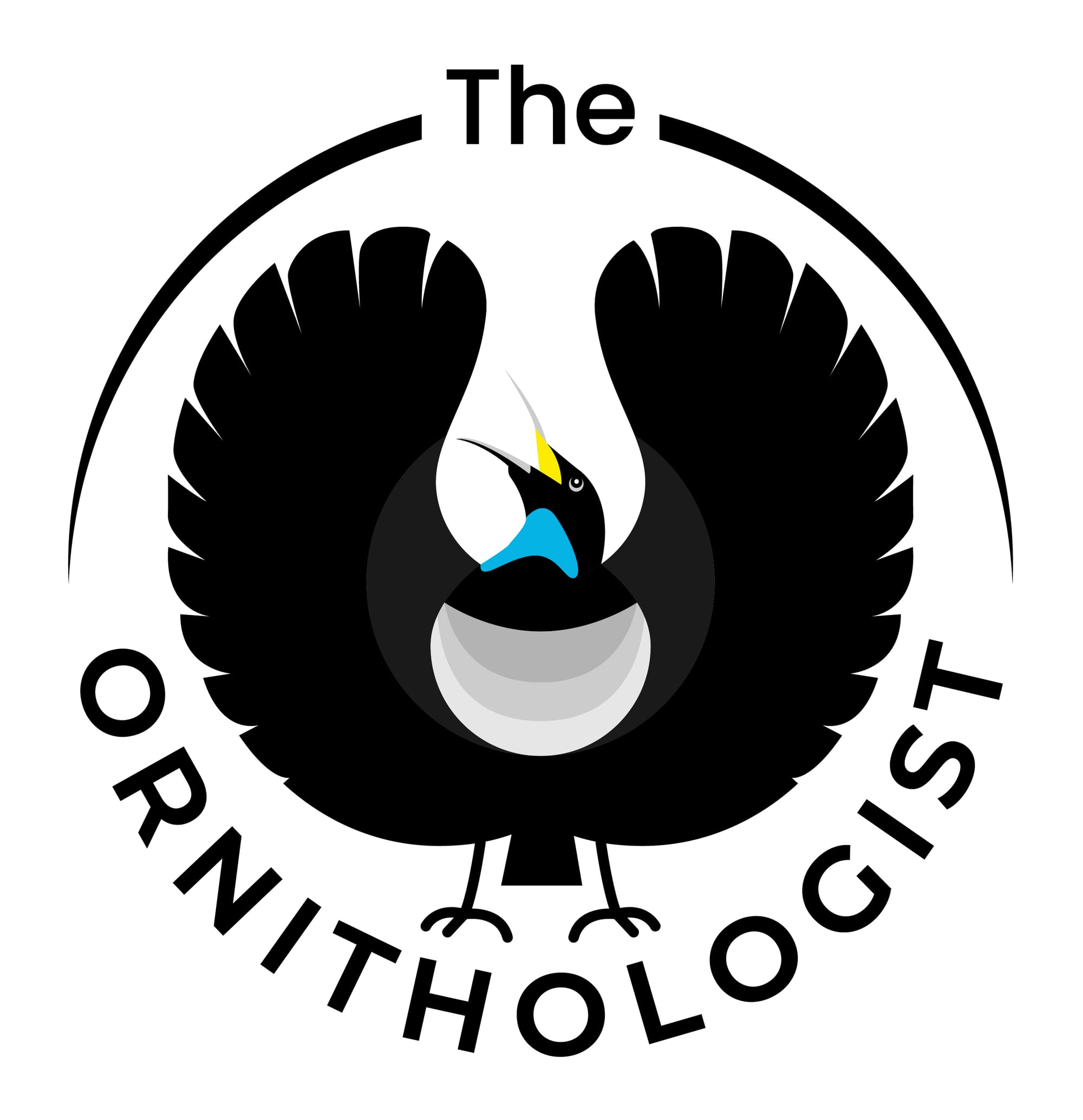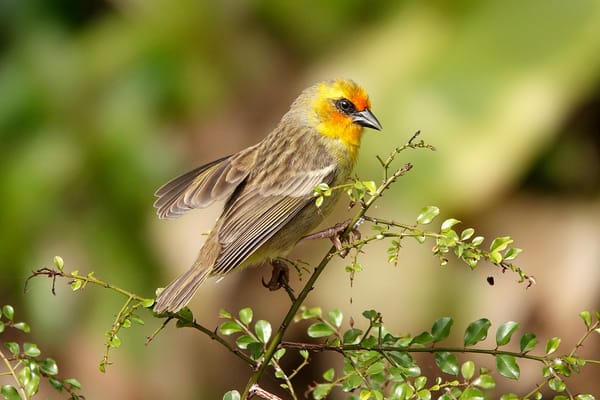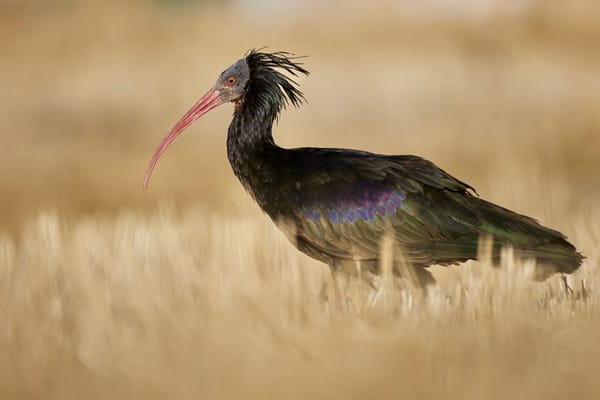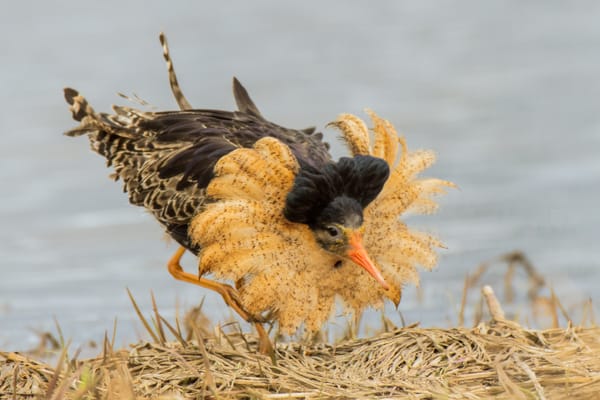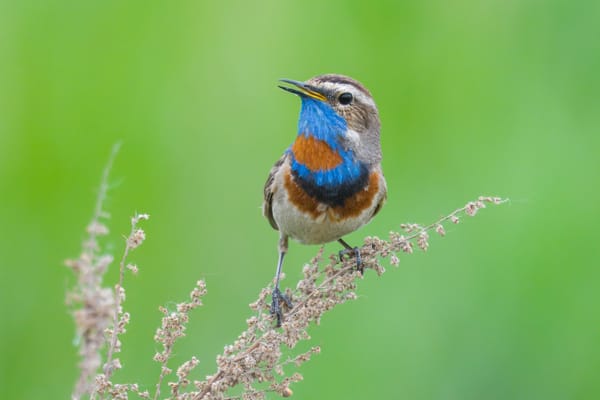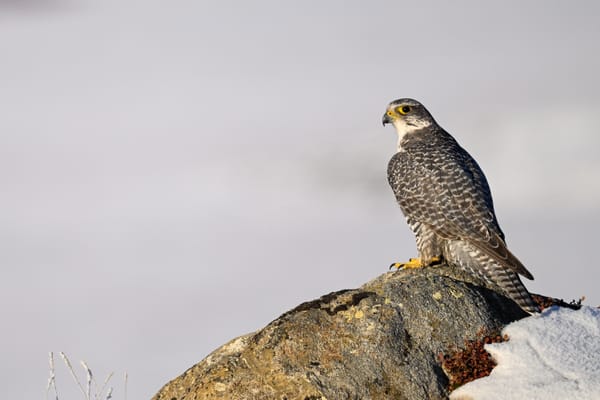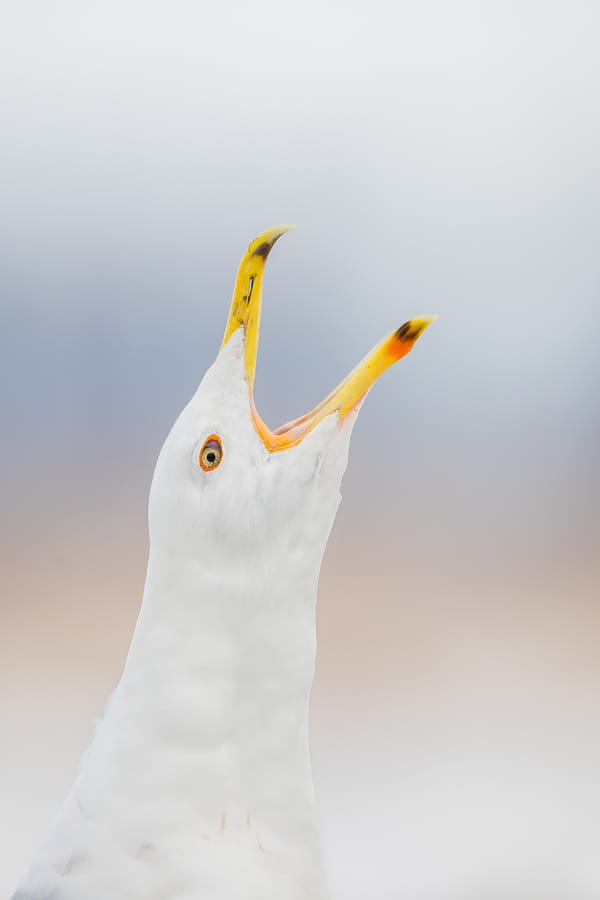A year that sharpened the edges
Today is World Shorebirds Day, and with it, we continue a tradition: pausing to reflect on the year that has passed for these remarkable birds. This is not a catalogue of every story from every flyway, but a considered look at some of the achievements, setbacks, and lessons that marked the months between two World Shorebirds Days.
Across the flyways, the last twelve months brought sharp contrasts. We saw site-level victories – closures, designations, and habitat works that immediately benefit staging flocks – alongside sobering indicators: more shorebirds moving into higher extinction-risk categories, wetlands starved of water, and development pressures that still bite into the very edges shorebirds need to rest and feed (BirdLife International, 2025; UNESCO, 2025).
What worked: decisions with wings
Targeted protection delivered tangible gains. Deveaux Bank (South Carolina, USA) was admitted to the Western Hemisphere Shorebird Reserve Network as a Site of International Importance and is now seasonally closed to public access. It holds one of the world’s largest known roosts of Whimbrel ([Numenius phaeopus]) and offers crucial respite to Red Knot ([Calidris canutus]) moving along the Atlantic seaboard (WHSRN, 2025).

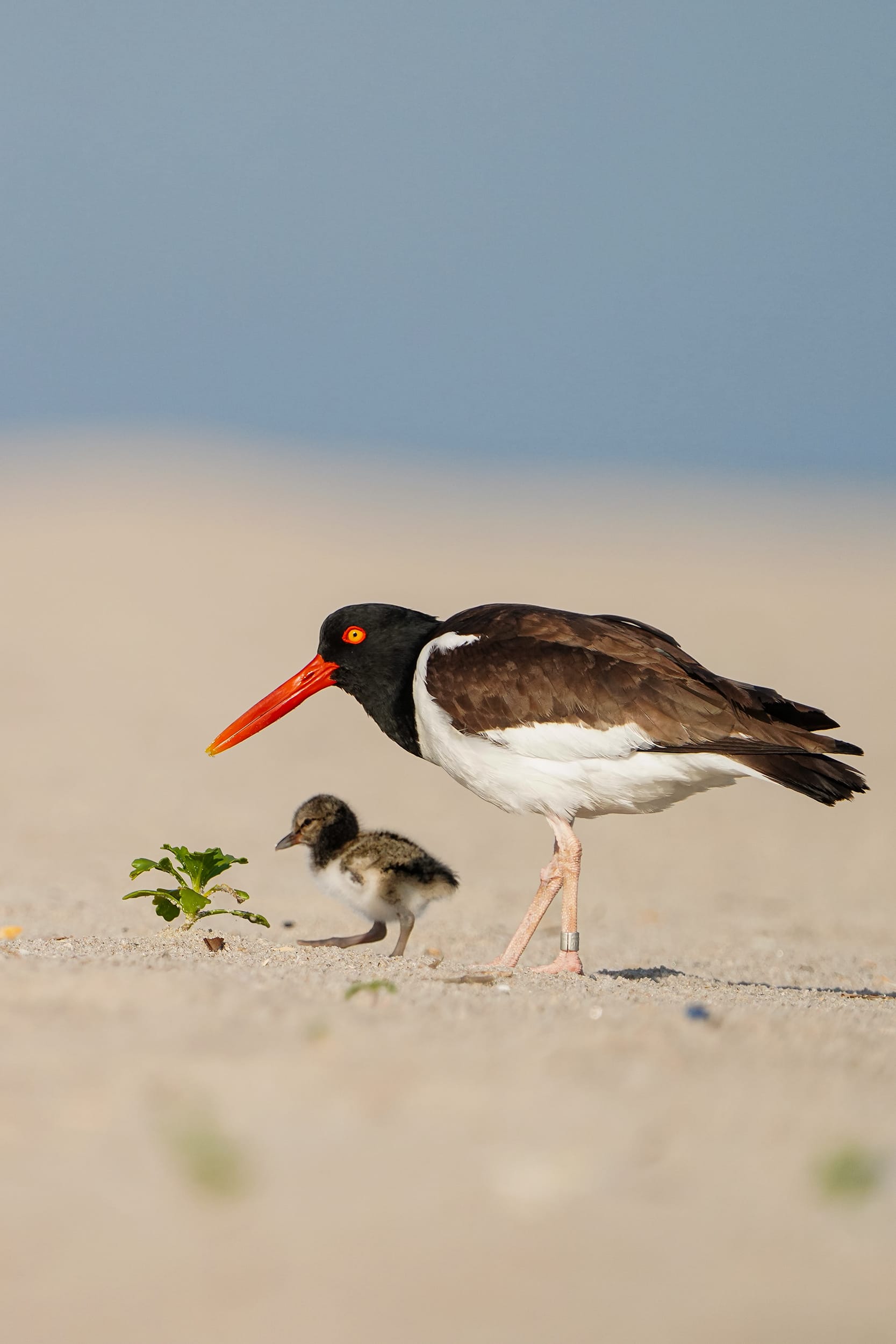

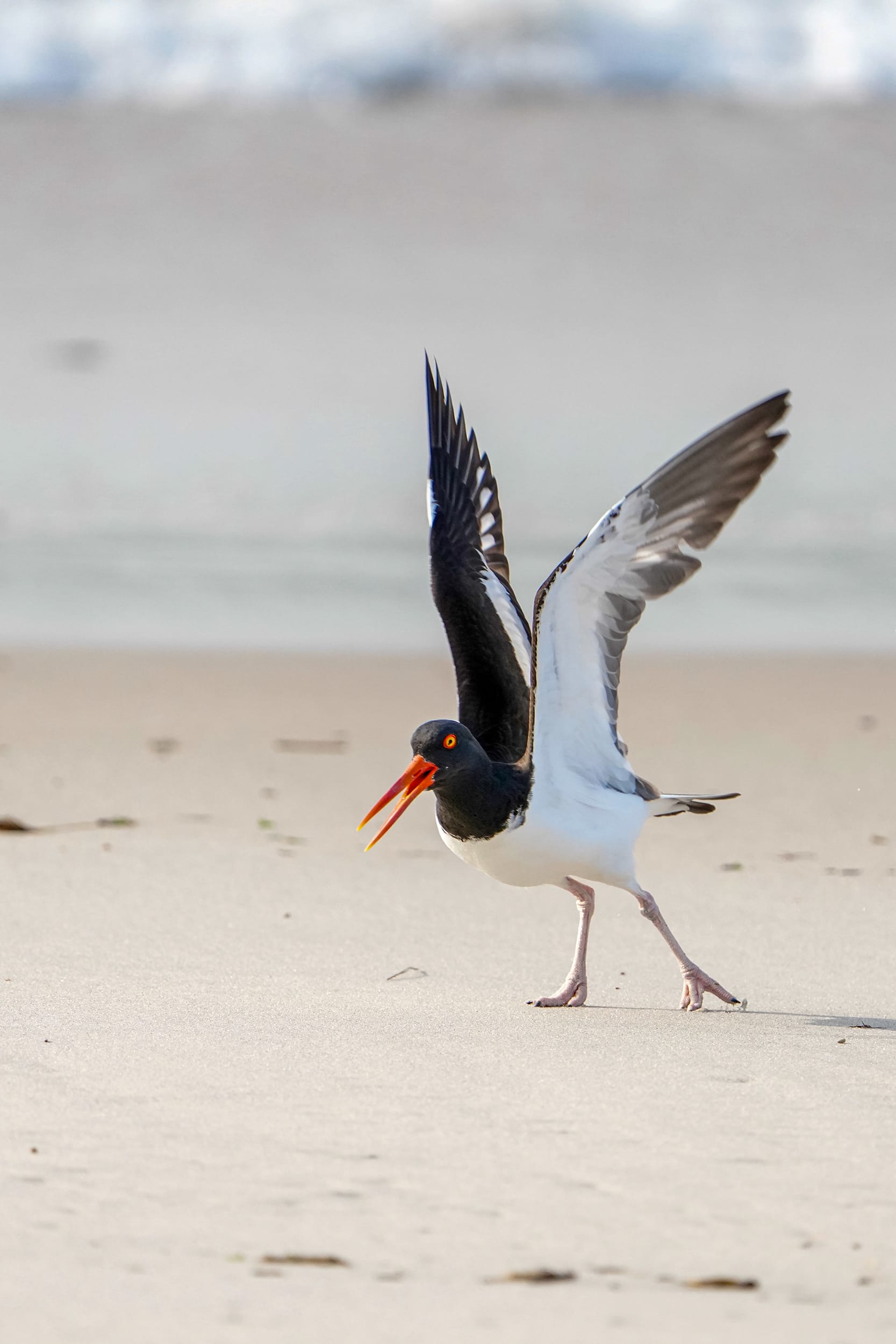
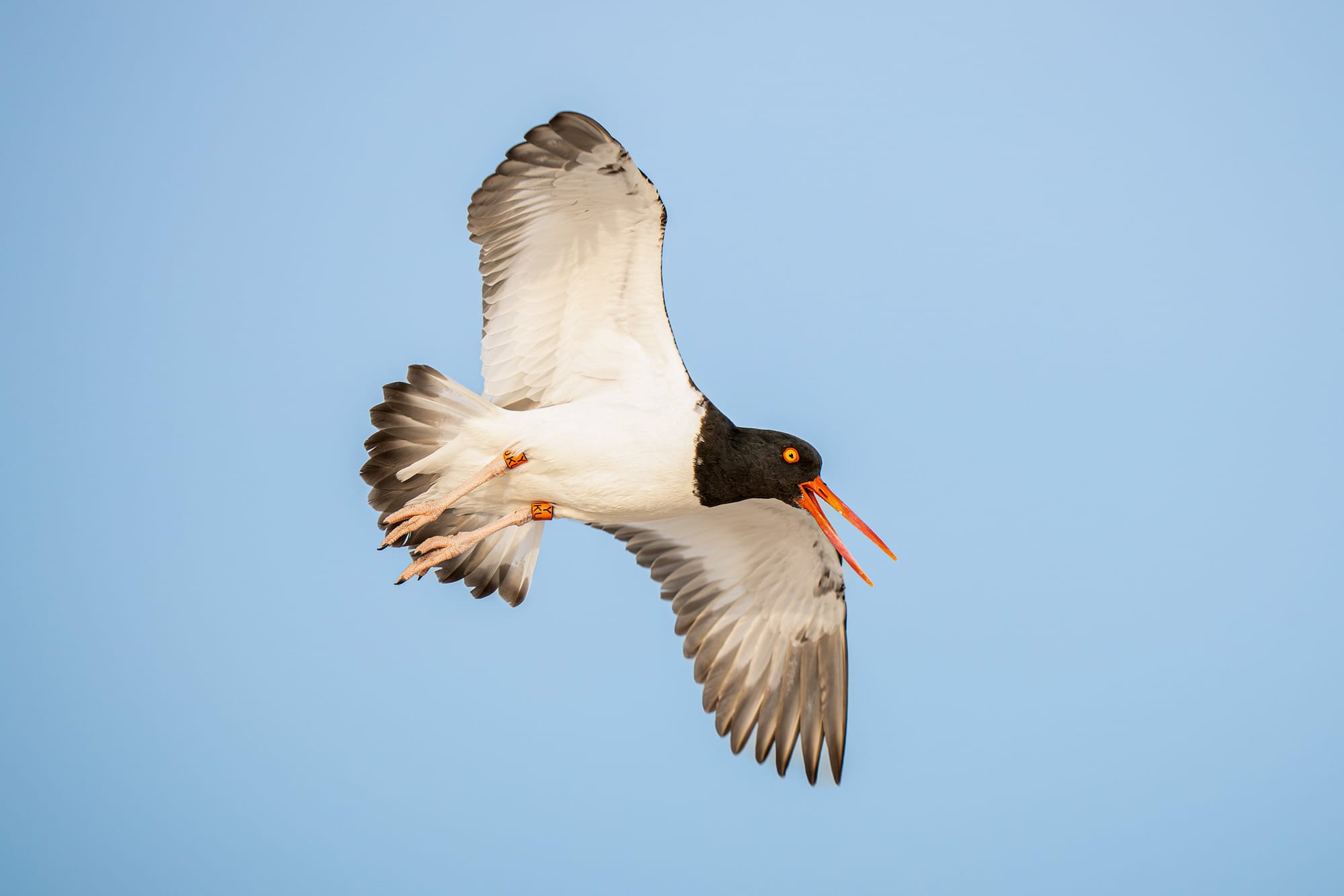
The American Oystercatcher has been one of this year’s conservation success stories. Along the Atlantic and Gulf coasts, coordinated monitoring, habitat management, and reduced disturbance have helped stabilise and even increase populations in some regions. It is a powerful example of what long-term commitment by agencies, NGOs, and local communities can achieve for shorebirds when effort is sustained over decades. Photo credits: Top left: © Jacob Krueger; Top middle: © Paul Steil; Top right: © Justine Leclaire; Bottom left and right: © Paul Steil
In southern Australia, habitat works at Tolderol Game Reserve on Lake Alexandrina – conceived and executed with shorebirds in mind – increased foraging habitat and prey availability during migration peaks, a reminder that nimble water and vegetation management can quickly translate to birds on the ground (Green Adelaide, 2025).
At the global scale, the Yellow Sea – Bohai Gulf Tidal Flats World Heritage property advanced to “Phase II”, knitting more intertidal habitat into a protection network that is indispensable to Great Knot ([Calidris tenuirostris]) and Far Eastern Curlew ([Numenius madagascariensis]). While Phase II pre-dates our 12-month window by a sliver, its implementation and management have been core to 2024–25 flyway work (UNESCO, 2024).
What we lost – or nearly did
Elsewhere, inertia or adverse decisions eroded gains. Malaysia’s Teluk Air Tawar–Kuala Muda coast – a globally significant shorebird concentration area – still awaits protected-area status despite years of scientific evidence and local advocacy. Continued delays leave Great Knot, Nordmann’s Greenshank ([Tringa guttifer]) and others exposed to ongoing coastal conversion pressures.
Around Darwin Harbour (Northern Territory, Australia), the proposed Middle Arm industrial precinct threatens mangroves, saltpans and tidal flats used by Far Eastern Curlew. The project’s environmental assessments have raised red flags about cumulative habitat impacts in a region that annually supports hundreds of endangered curlews.

In Europe, Doñana remains a bellwether: UNESCO has again pressed Spain to reverse aquifer decline, strengthen adaptation planning, and recover plummeting wintering waterbird numbers. Without rapid, enforceable water-use reductions and climate adaptation, Doñana risks sliding toward the World Heritage “In Danger” list – a stark symbol of the wetland water crisis many flyways now face (UNESCO WHC, 2025).
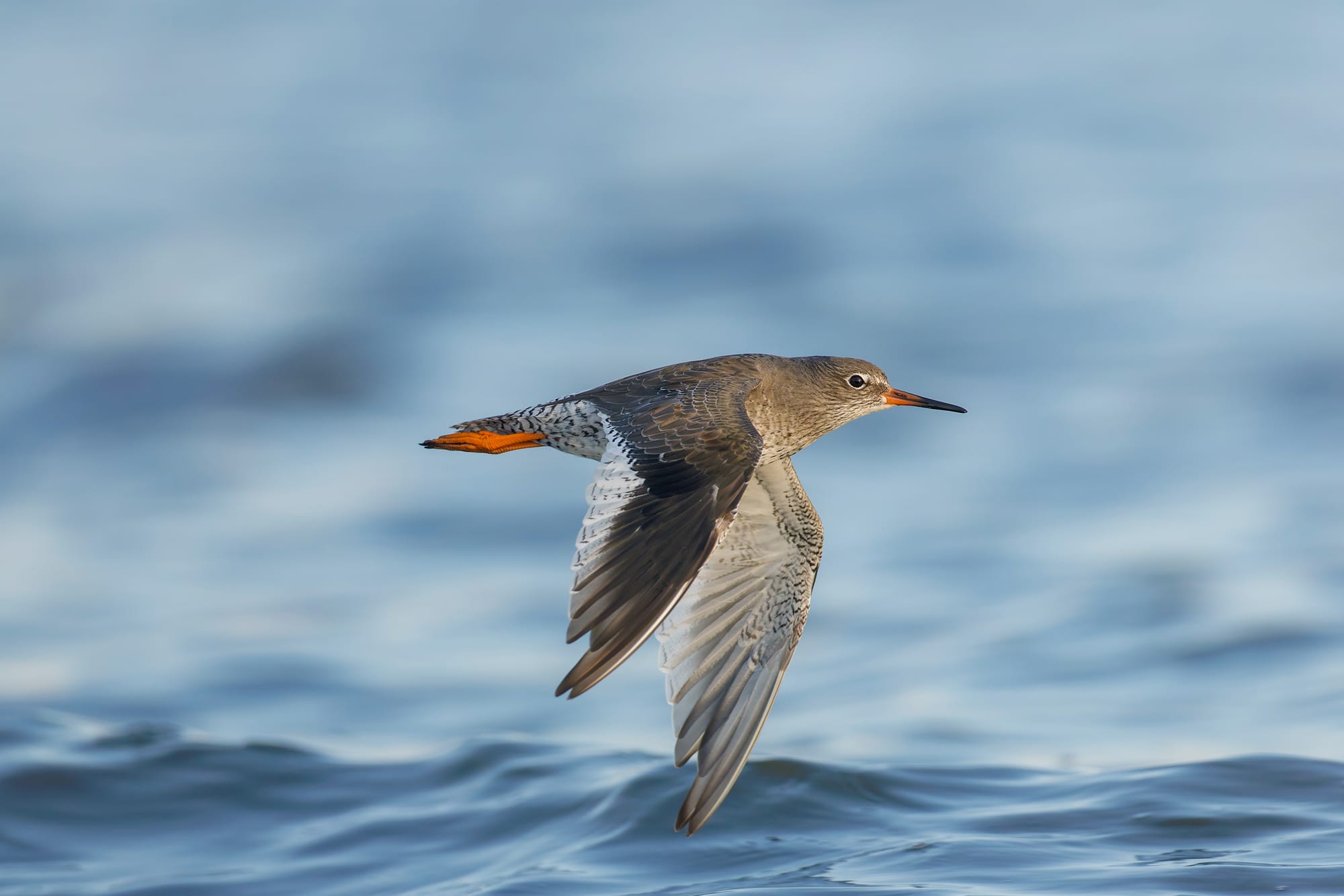
This year also brought the personal loss of a beloved shorebird scientist and colleague, Dr Shiloh Schulte. His tireless fieldwork, particularly on Red Knots and Arctic-breeding species, and his generous mentoring spirit shaped the careers of many. As an early supporter of World Shorebirds Day, he championed the role of collective action and citizen science in conservation. His absence will be felt deeply across the flyway community.
Science that changed the conversation
Fresh work this year tightened our understanding of how shorebirds are coping – and not coping – with a warming, drying world.
Life-history timing differs by wintering habitat. A comparative analysis of 37 species found that coastal-wintering shorebirds delay their first return to the breeding grounds more than inland-winterers – effectively postponing maturity. The effect persisted after accounting for latitude and phylogeny, with body size also predicting later return. This has consequences for lifetime reproductive output, particularly if survival or fecundity do not compensate (Rogers et al., 2025).
Bodies are shrinking; appendages are shifting. Analyses spanning >200,000 measurements across 25 species in Australia report widespread declines in body size and long-term increases in bill length, with short-term reversals (shorter bills) after hotter summers – a nuanced signal consistent with thermal and nutritional stress pathways (McQueen et al., 2024; Muise, 2025). Morphology is moving on a timescale that management will need to factor into prey-field and microclimate provision.
Contaminants remain on the radar. New East Asian–Australasian Flyway literature flagged PFAS screening approaches (TOP assay) applied to avian samples, underlining the need to map contaminant exposure at staging hubs where birds arrive depleted and physiologically vulnerable (EAAFP, 2025).
Citizen science has become decision-grade. eBird’s latest spatially explicit trend products now resolve gains and losses at ~27 × 27 km globally, while tools like ShorebirdViz integrate abundance, timing and site use for 51 species – a practical layer for site managers and policymakers (Cornell Lab, 2025a; 2025b). Across the Pacific Americas, the Migratory Shorebird Project reported trend analyses feeding directly into IUCN Red List updates and national status assessments – proof that coordinated monitoring changes policy (MSP, 2025).

The ledger: more red ink than black
BirdLife’s 2025 annual update confirmed what many of us see on the front lines of the coasts: another step in the wrong direction for many migrants. Sixteen migratory shorebirds shifted into higher extinction-risk categories in the 2024 Red List cycle; today, roughly one-third of shorebird species are of global conservation concern – up from 12% in 1988 (BirdLife International, 2025). In North America, shorebirds remain the group with the most “tipping-point” species: 19 of 28 are declining (State of the Birds, 2025).
Implications: where to focus next
1) Water security for wetlands. Prioritise hydrological recovery of keystone wetlands (e.g. Doñana-type systems) via enforceable groundwater controls, agricultural water-efficiency incentives that actually reduce withdrawals, and climate adaptation plans with measurable thresholds. Hungry marshes cannot feed migrants.
2) Finish the network. Convert known high-use sites still in limbo – the likes of Teluk Air Tawar–Kuala Muda – into legally protected areas with buffers that include roost–forage connectivity (including night roosts and high-tide refuges). Pair new listings with on-the-ground stewardship that reduces disturbance during critical windows.
3) Close research gaps in the Global South. The African lapwing literature review lays bare a striking taxonomic and geographic skew, with most work clustered in South Africa and several species scarcely studied at all. A targeted programme on lapwings (Vanellus spp.) – breeding ecology, demography, and land-use responses – would fill continental blind spots and inform grassland management (Phoswa & Downs, 2025).
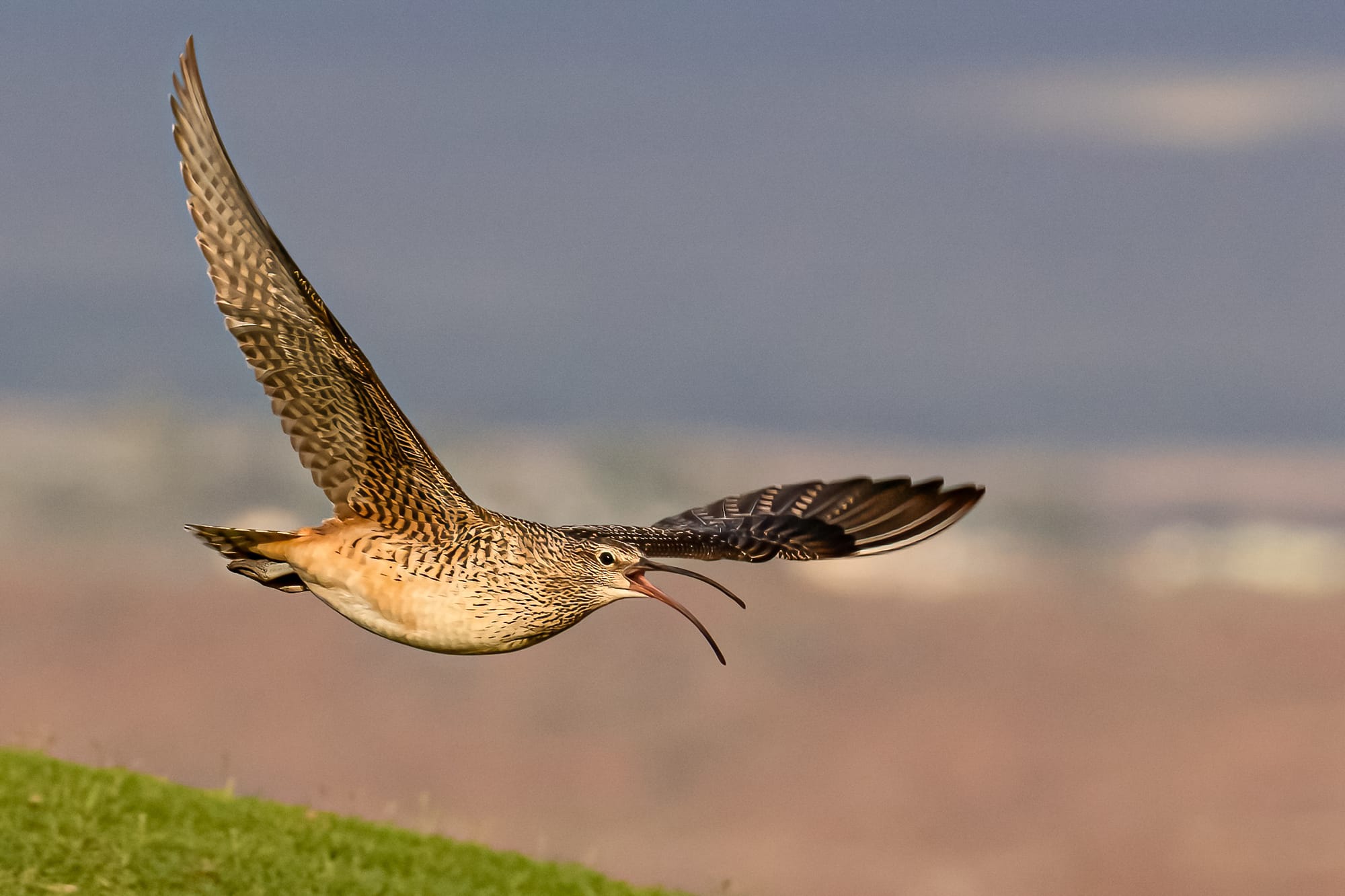
4) Scale citizen-science monitoring – globally. Couple eBird’s trend engine with structured, patch-based sampling to sharpen detectability and effort control. A World Shorebirds Day–branded push can dovetail with the PatchBird/UTM approach: short, standardised surveys in fixed 1 × 1 km patches, repeated across seasons, feed directly into trend surfaces and site triage. Make the feedback loop visible to participants.
5) Guard the edges. Cumulative-impact assessment must become the norm for coastal development. Darwin Harbour’s Middle Arm illustrates how saltpans, mangroves and intertidal flats – the edges shorebirds live on – can be chipped away one project at a time. Require whole-of-estuary accounting, and weigh projects against flyway-level recovery commitments.
6) Track the new risks. Resource contaminant baselining at staging hubs along the EAAF and WAF (PFAS, heavy metals), and fold morphology–climate interactions into conservation targets – smaller bodies and shifting bills change energy budgets, prey handling and heat loads.
A final note for World Shorebirds Day
This year’s ledger is mixed but legible. When we close beaches, fix hydrology, finish the protection network and use data well, shorebirds respond. When we underprice water, ignore cumulative impacts or accept limbo for known hotspots, they do not. The good news: none of the six priorities above requires a new theory – just resolve, coordination and transparent metrics. Let’s make the next year’s summary easier to write.
The list of achievements highlighted here is far from complete. Across the globe, countless smaller communities and local initiatives have advanced shorebird conservation in ways that rarely make headlines. From wetland restoration by village groups to grassroots monitoring by schoolchildren, these efforts form the quiet backbone of flyway protection – and part of our role is to be their speaker, amplifying their impact.
On this World Shorebirds Day, we extend heartfelt thanks to all who work for shorebirds – conservationists, researchers, organisations, and individuals alike. Every survey, policy push, field season and restored hectare matters. We wish you a joyful World Shorebirds Day and renewed strength for the year ahead.
World Shorebirds Day is also a moment to honour those who gave their lives to this cause. Among them, we remember Dr Shiloh Schulte – a tireless scientist, mentor and early supporter of this very initiative. His legacy lives on in the birds he studied, the colleagues he inspired, and the global community he helped strengthen.
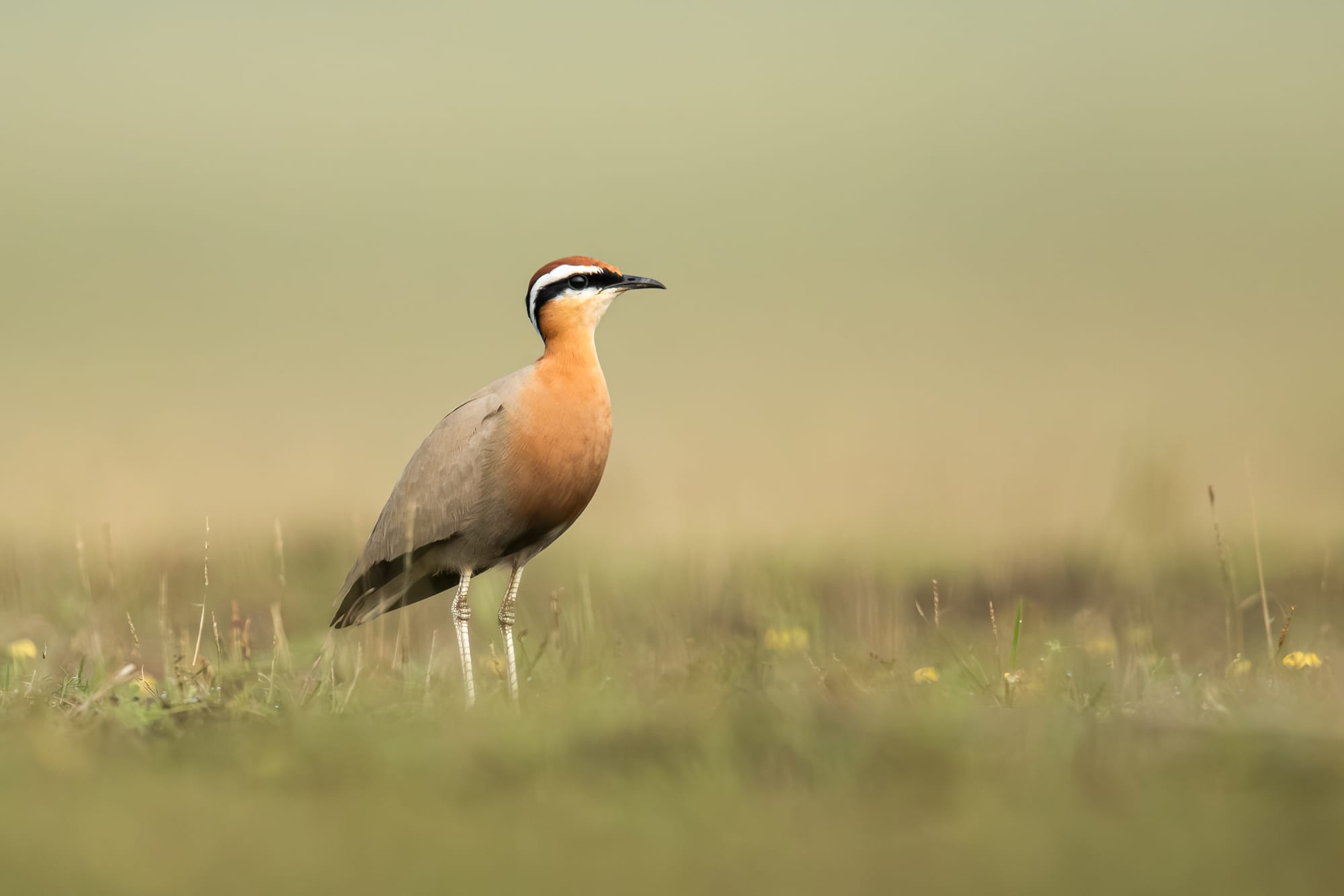
Happy World Shorebirds Day!
References
BirdLife International (2025). 2024 Red List update reveals migratory shorebirds are declining globally. BirdLife DataZone. Available at: https://datazone.birdlife.org/articles/2024-red-list-update-reveals-migratory-shorebirds-are-declining-globally
Cornell Lab of Ornithology (2025a) eBird Status & Trends – Trends maps. Available at: https://science.ebird.org/status-and-trends/trends-maps
Cornell Lab of Ornithology (2025b) ShorebirdViz – featured project. Available at: https://science.ebird.org/en/research-and-conservation/featured-projects/shorebirdviz
Muise, K.A. (2025) ‘Shorebirds shrinking and shape-shifting after hotter summers’, Journal of Experimental Biology, 228(5), JEB250062. https://doi.org/10.1242/jeb.250062
Phoswa, F. and Downs, C.T. (2025) ‘A systematic review of lapwing research in Africa to determine trends and evidence of their response to changes in terrestrial ecosystems’, Journal of Ornithology. https://doi.org/10.1007/s10336-025-02308-x
Rogers, D.I., Piersma, T., Minton, C.D.T., Boyle, A.N., Hassell, C.J., Rogers, K.G., Silcocks, A. and Gutiérrez, J.S. (2025) ‘Coastal shorebirds delay maturity more than inland ones’, Ecology and Evolution, 15(7). https://doi.org/10.1002/ece3.71679
State of the Birds (2025) Shorebirds overview. Available at: https://www.stateofthebirds.org/2025/shorebirds
UNESCO World Heritage Centre (2024) Phase II inscription – Yellow Sea–Bohai Gulf Tidal Flats. Available at: https://whc.unesco.org
UNESCO World Heritage Centre (2025) Decision 47 COM 7B.31 Doñana National Park (Spain). Available at: https://whc.unesco.org/en/decisions/8755
WHSRN (2025) Deveaux Bank – Site of International Importance; seasonal closure details. Available at: https://whsrn.org
